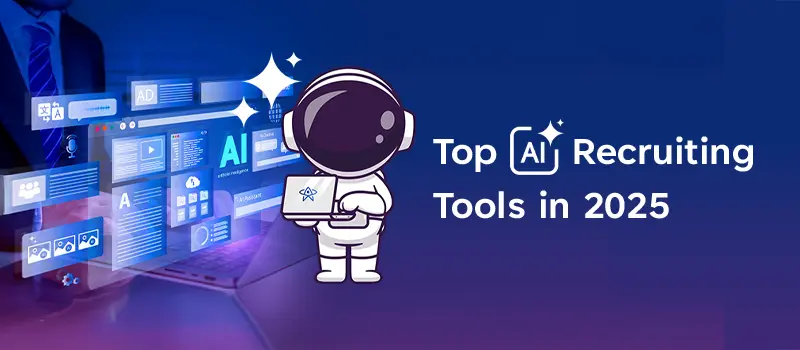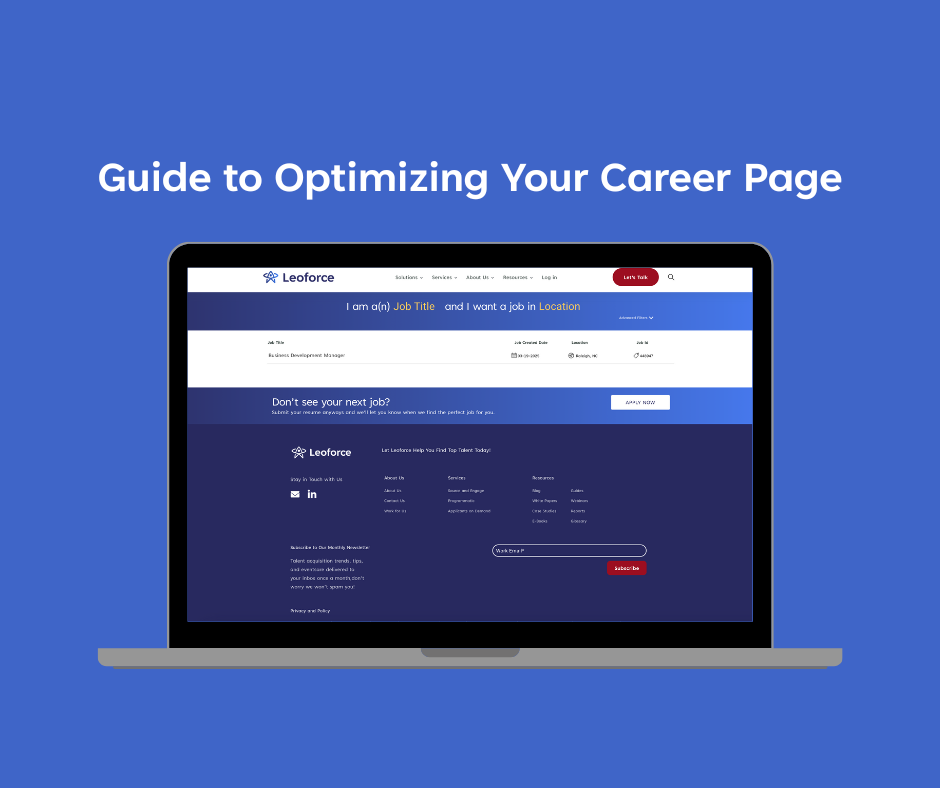Onboarding remote employees: The new normal

Remote recruiting
Remote work has quickly gained traction, with more employees and job seekers demanding the ability to work from home. In 2022, the Netherlands even became the first country to declare remote work a legal right for workers who could perform their jobs from home.
With the new normal of remote work in full swing, you could soon be left to find ways to meet this future hybrid work culture. If you haven’t already, that is.
Onboarding is the first step an employee has when starting their new job, and it often sets the tone for their entire experience with your company. Onboarding remote employees into a hybrid work environment can be difficult, especially if you’re accustomed to onboarding in person.
The old way of handling new hires
Outdated onboarding tactics can cause new employees to quickly lose excitement about starting their new job. Onboarding a new employee in-person can be considered old-fashioned.
Most onboarding doesn’t take a full day. And a dull, in-person onboarding may show the employee that your company isn’t up with the times, which isn’t exactly motivating. Other old onboarding practices include not using technology and approaching onboarding with a one-size-fits-all method.
Shifting work environments
Since 2020, work culture has shifted toward remote and hybrid work environments. The dramatic change resulted from the COVID-19 pandemic when millions of people who’d never worked from home found themselves setting up their at-home offices. The result? Many enjoyed the freedom.
A study by the Pew Research Center found that 60% of workers said they’d continue working from home if given the choice. People also reported that working from didn’t affect their ability to do their job. If anything, it made them more productive.
And it doesn’t seem like remote work is going away soon. While some people report feeling less connected to their coworkers, most Americans still want to be able to work from home at least part of the time.
The labor shortage and Great Resignation could cause you to beef up your job offers. Adding the possibility of remote work is something to seriously consider if you want to recruit top talent.
Challenges of onboarding remote employees
Allowing employees to work from home is an excellent strategy for retaining highly qualified workers.
Still, the remote world isn’t easy to navigate. Attempting to onboard employees in a hybrid workplace presents many challenges, especially when you’re accustomed to doing everything in person.
These are just some of the obstacles you might face when onboarding remote employees:
- Meeting and building relationships with colleagues
- Training
- Sending equipment for and setting up an at-home office
- Building a positive company culture with employees who work remotely
- Acclimating managers who are used to face-to-face supervision to the new normal of remote work
Tips for onboarding remote employees
Remote or hybrid onboarding doesn’t need to be complicated. In fact, this new form of welcoming employees to your company opens the door to creative solutions to cultivate a positive hybrid work environment.
Here are some of the newest trends in fostering a seamless remote onboarding process.
Assign onboarding “buddies”
An onboarding buddy is a peer who partners with a new employee during their first months on the job. They help by offering support, explaining work culture or expectations not covered during orientation, and providing a personal connection.
Assigning an onboarding buddy to your new remote or hybrid employee will help them acclimate to the new job.
Set Up early
Get your employee prepared for their first day by getting ahead of it. Planning to ship them equipment to set up their home office? Send it out a week or two in advance so they can hit the ground running.
You might also want to include a care package in your shipment to show your new employee how excited you are for them to start.
Reintroduce your company
Even though a new employee might already know all about your company, it’s still a good idea to reorient them.
During their first week, host a series of orientation meetings for your remote employees to explain your work culture, the business’s mission, and how they fit into the bigger picture. Doing this will reassure new employees that they’re being valued from day one.
Set expectations
Because remote and hybrid work is still new, there isn’t a widely accepted set of standards or expectations.
Throughout your onboarding process, clearly establish your company’s remote and hybrid work expectations. These may include setting dedicated working hours, explaining the flexible work policy, and detailing all methods of virtual communications.
Foster relationships
Good relationships lead to more productive, happier employees. While many people prefer to draw a line when it comes to making friends at work, new employees need a chance to meet the entire team and build positive working relationships.
Set up a series of one-on-one virtual meetings between the new employee and team members from different departments to help them get acquainted quicker.
Don’t Stop After Day One
Onboarding isn’t completed at the end of a new employee’s first day. It’s an ongoing process that should be maintained until the employee comfortably settles into their new role. By continuing to orient, you’re showing them that their success is a top priority.
Ready to find Remote talent?
Recruiting remote talent is no longer optional – it’s a must for companies of all sizes.
At Leoforce, we recognize the need for your organization to make data-backed hiring decisions, whether talent is remote or not.
Request a personal demo of Leoforce Quantum to unlock the universe of remote talent and optimize your recruiting efficiency with data-driven AI.





